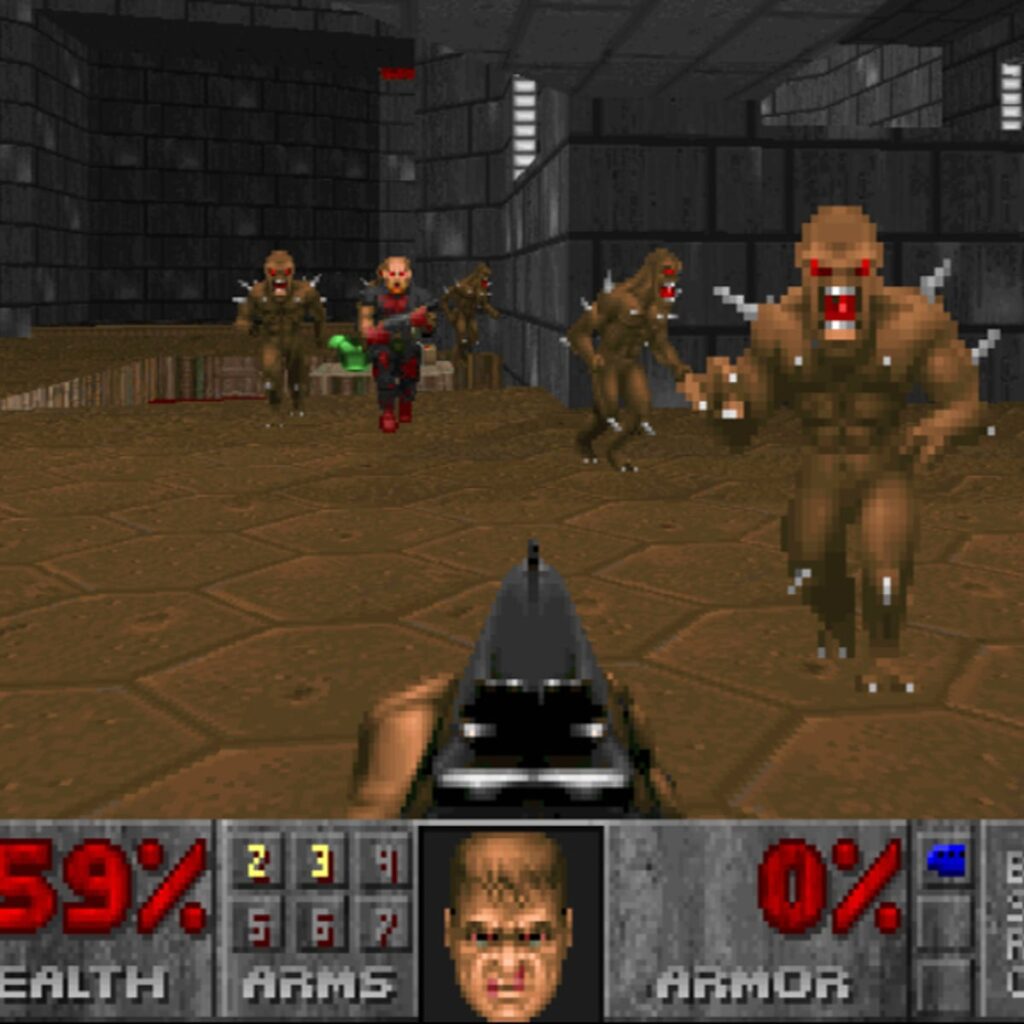GameMaker is a game development tool created by Mark Overmars in 1999, which started as a tool for creating simple 2D games, but has evolved into a tool capable of creating full-fledged three-dimensional games. GameMaker allows developers to create games without needing extensive programming knowledge, thanks to its drag-and-drop interface and simple scripting language called GML (GameMaker Language). It includes a built-in physics engine, asset management system, integrated debugging tools, cross-platform deployment, extensive documentation, and tutorials. Successful games developed using GameMaker include Undertale, Hyper Light Drifter, and Hotline Miami. Planning, creating assets, choosing a project, and building the game are GameMaker’s four main development steps.
GameMaker: From Retro Games to Modern Masterpieces
Game development has come a long way from the days of text-based adventures and pixelated sprites. Today, modern games boast intricate graphics, complex AI, and immersive storytelling that captivates players for hours on end. One tool that has made game development accessible to novice developers and seasoned professionals alike is GameMaker.
What is GameMaker?
GameMaker is a game development tool created by Mark Overmars in 1999. GameMaker started as a tool for creating simple, 2D games, but has since evolved into a tool capable of creating full-fledged, 3D games. GameMaker allows developers to create games without needing extensive programming knowledge. The tool is easy to learn thanks to its drag-and-drop interface and simple scripting language called GML (GameMaker Language).
Features of GameMaker
- Drag-and-drop interface
- Simple scripting language (GML)
- Cross-platform deployment
- Large online community
- Extensive documentation and tutorials
- Support for both 2D and 3D games
- Built-in physics engine
- Asset management system
- Integrated debugging tools
How it works
GameMaker follows a simple workflow that allows developers to quickly create games. The workflow consists of four main steps:
1. Planning
Before starting development, it’s important to have a clear idea of the game’s mechanics, storyline, and target audience. Planning helps ensure that the development process is smooth and the end product is a success.
2. Creating Assets
Assets are the building blocks of any game, and in GameMaker, assets can include sprites, sound effects, music, and backgrounds. GameMaker includes an asset management system that allows developers to easily import and organize their assets.
3. Choosing a GameMaker Project
GameMaker has multiple project types, including Beginner, Standard, and Professional projects. Each project type has varying levels of complexity and features. For novice developers, the Beginner project is a good starting point.
4. Building the Game
GameMaker uses a drag-and-drop interface that allows developers to easily create game objects, define their behaviors, and create levels. GML can be used to create more complex logic and systems. GameMaker includes a built-in physics engine, making it easy to create games that involve physics.
Success Stories
GameMaker has been used to create several successful games, including:
Undertale
Undertale is a retro-style RPG that has won several awards and has a large following. Created by solo developer Toby Fox, Undertale was created using GameMaker.
Hyper Light Drifter
Hyper Light Drifter is a 2D action RPG that received critical acclaim. The game was created by developer Heart Machine, who used GameMaker to create the game.
Hotline Miami
Hotline Miami is a top-down, action-packed game that has become a cult classic. The game was created by developer Dennaton Games, who used GameMaker to create the game.
Conclusion
GameMaker has made game development accessible to a wider audience. With its easy-to-learn interface and powerful tools, GameMaker has enabled developers to create games that are both fun and engaging. Whether you’re a seasoned developer or a novice, GameMaker is a tool that can help you bring your game ideas to life.
